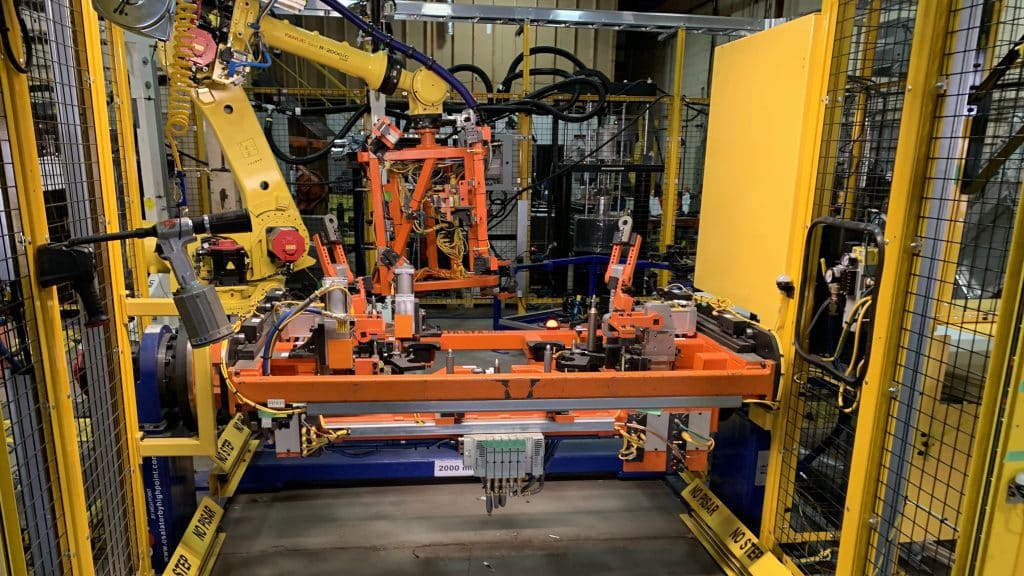Assembly Dials and Precision Indexers
Whether you’re automating an assembly, inspection, welding or other process that involves positioning an item, you’ll likely either use or consider using a dial table/rotary indexer.
A dial table is a rotary positioning device that’s often used in automation processes to maximize precision, repeatability, and throughput while minimizing the required footprint. Rotary-type positioners have many forms and names, including the following:
- assembly dials
- precision indexers
- rotary indexers
- dial-based automation
Although a dial table may seem low tech, don’t let the simplicity fool you. These positioners are workhorses in automation systems. Dial tables are essential for achieving the results needed for many automation functions that would be less efficient using a linear positioning process.
Rotary indexers are used for a wide range of applications including material handling, welding, dispensing, vision inspection, labeling, and pick and place. Inspection, testing, measurement, and marking are ideal for dial-based automation.
Precision indexing
Indexing, or starting and stopping at exact intervals is critical for precision. Rotary indexers can be extremely precise, with positioning that is accurate within microns. Small parts assembly, inspection, and labeling are often ideal candidates for automation with a dial table. Medical and pharmaceutical devices, electronics components and other small parts produced in high volume benefit greatly from precision indexing. However, dial tables are extremely versatile, and have many uses beyond small parts.
Design flexibility with dial-based automation
Dial indexers are available in a wide range of sizes and can be customized to suit an impressive range of applications and specifications, giving machine builders excellent flexibility in design. Rotary-type indexers can be as small or large as needed. Indexers that have a large open center can accommodate a machine in the middle, such as a robot. Applications such as welding, riveting, and painting use rotary indexers that can accommodate larger parts; however, they can’t be as precise or start and stop as quickly as indexers used for smaller, lighter parts.
The need for speed.
One of the advantages of using dials, especially in automated robotic welding is that is keeps the worker safe, but allows him or her to do other tasks when the part is loaded as a trunnion and often decreasing cycle time.
Longevity of dial tables
Another key reason why so many rotary indexers are used in automation is that they are extremely low maintenance, even described as maintenance-free by many vendors. Rotary indexers are rarely the cause of automation downtime.
As with all machinery in a specific environment, rotary indexers need to be able to withstand any harsh environments. Exposure to chemicals used in a clean room or food preparation area, salt air that could cause rust, and abrasive dust or fine particles need to be considered and planned for when specifying a rotary dial. Different vendors can provide coatings, plating, and sealing methods to protect indexers from preventable wear and tear.
Pairing dial tables with robots
Rotary indexing is so accurate, fast, and efficient, that it has kept up with technology advancements, and is easily incorporated into robotic operations. Whether robots are feeding and removing parts from the rotary indexers, or the indexers are placing parts in front of the robot for a specific operation, rotary indexers and robots complement each other perfectly in versatile automation designs.
At Ethos we are experts at automation robotics and welding automation for automotive Tier 1 and other industries. If you would like to learn more about how we can help you implement automation, contact us:



